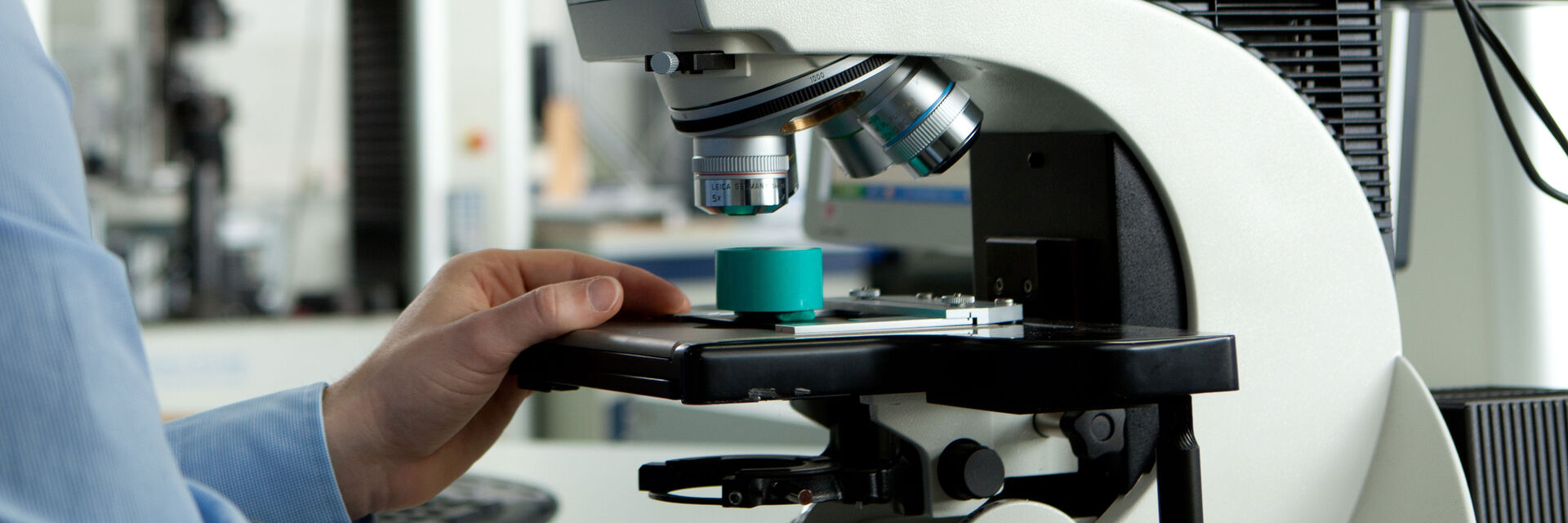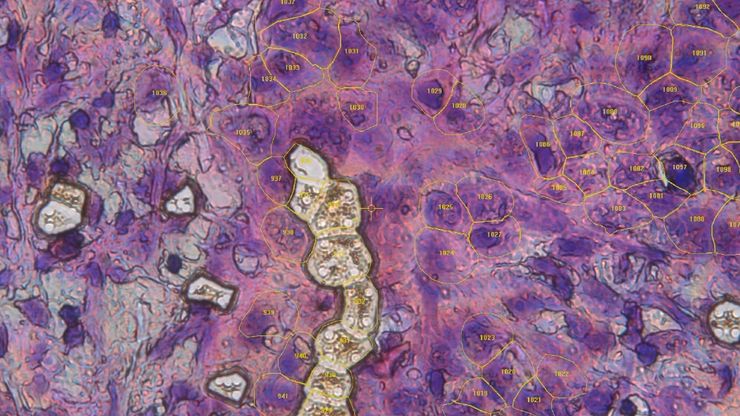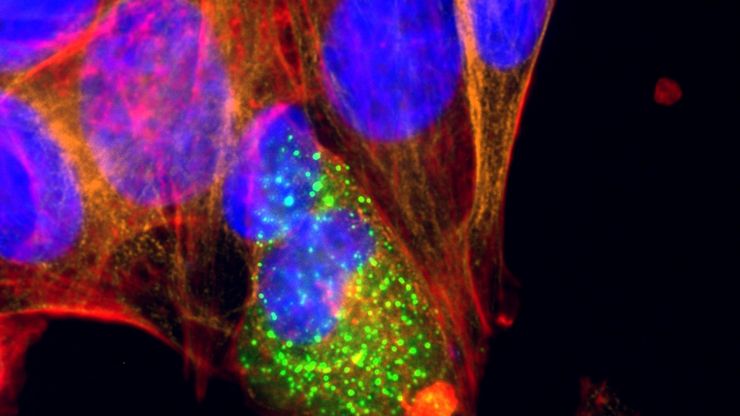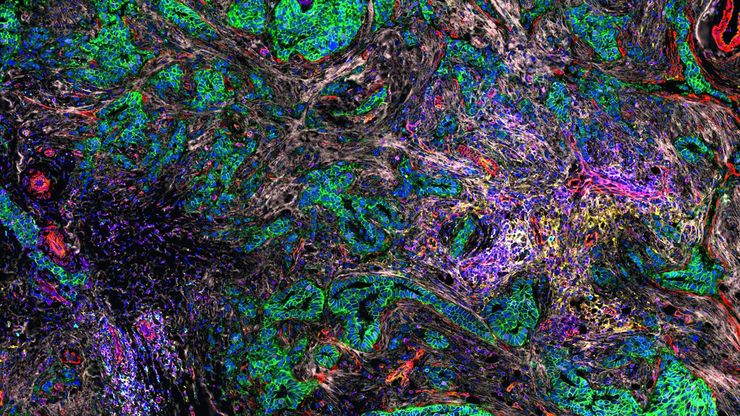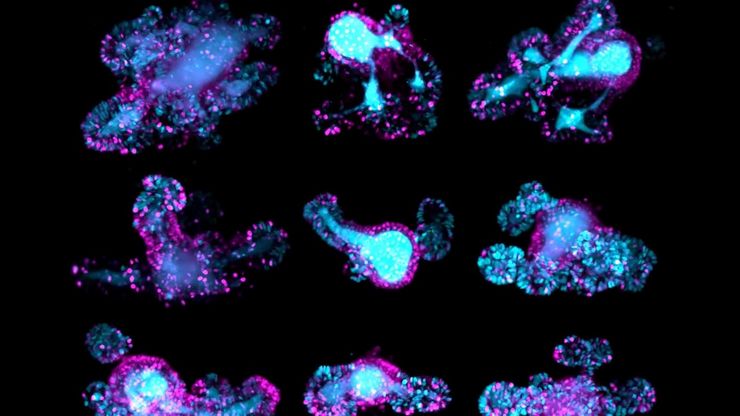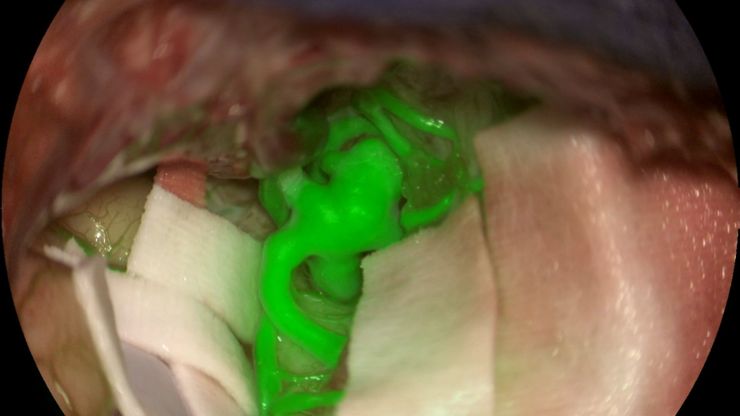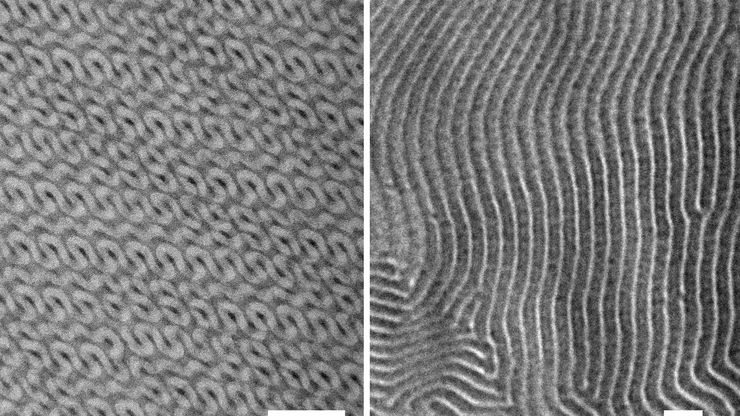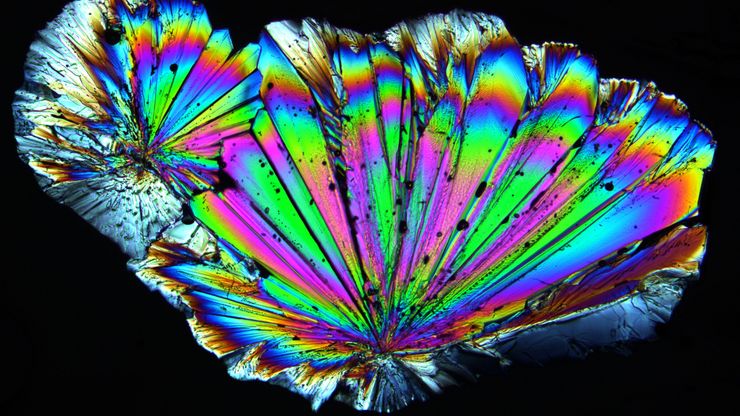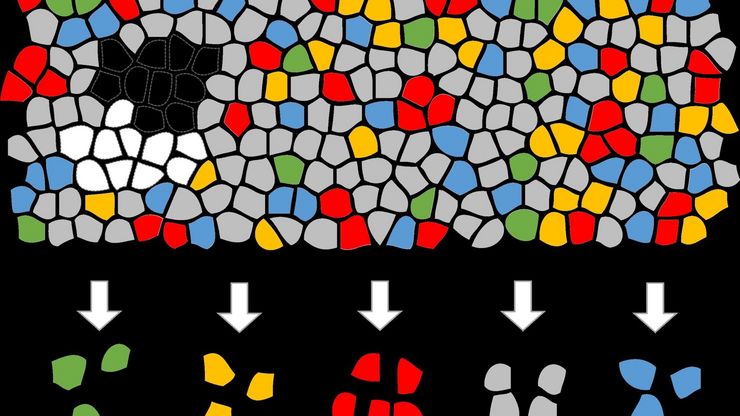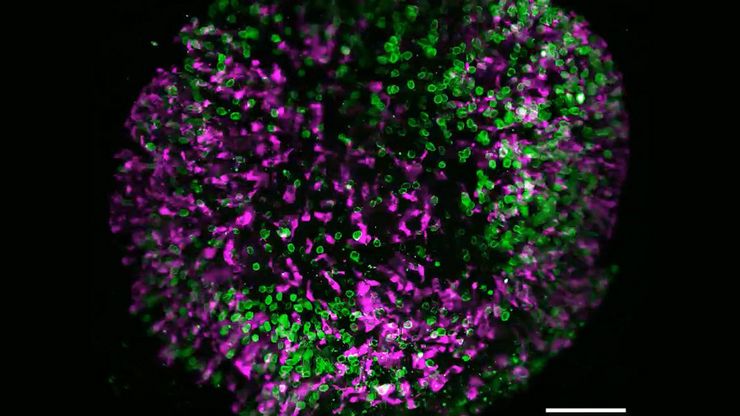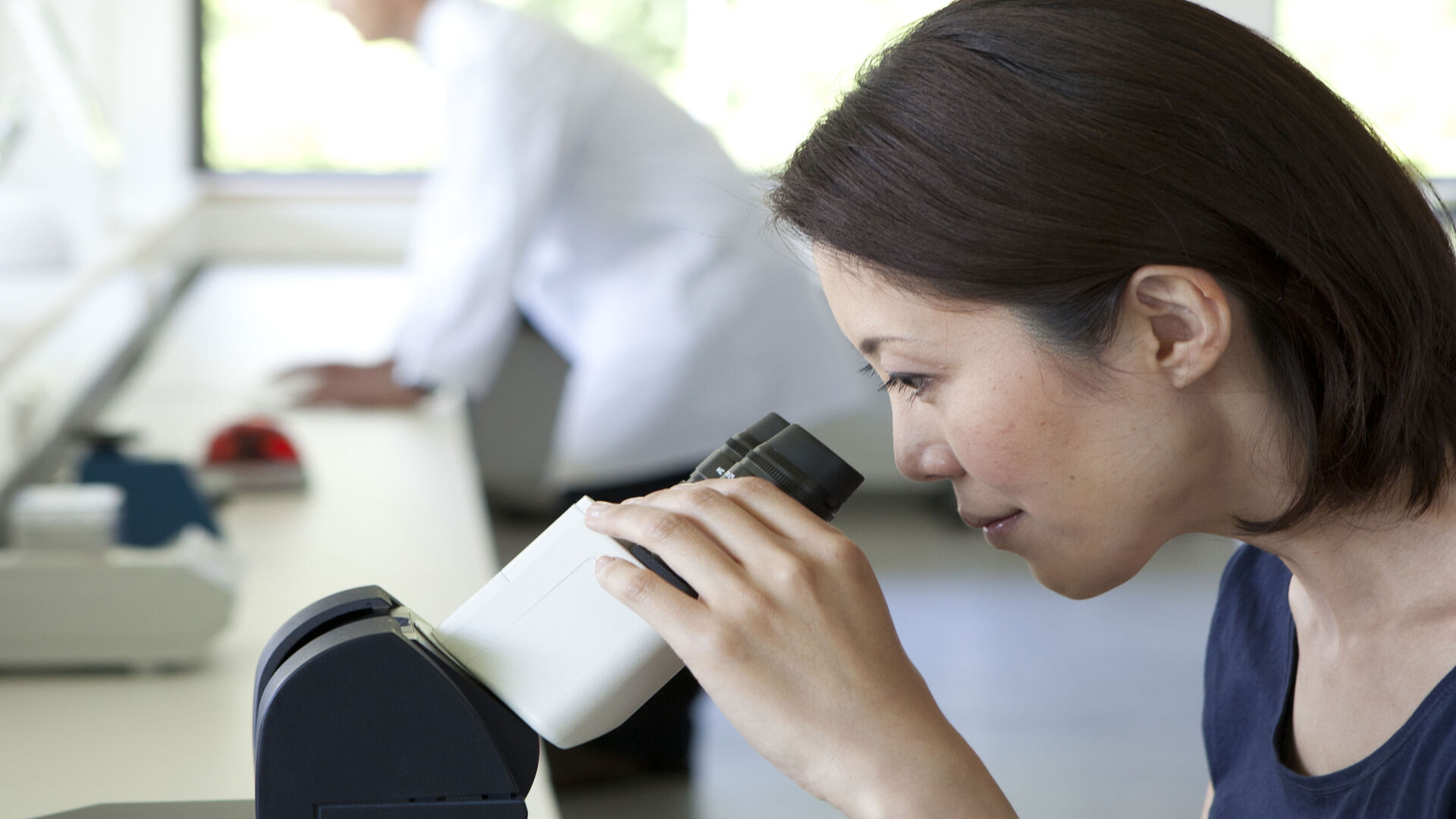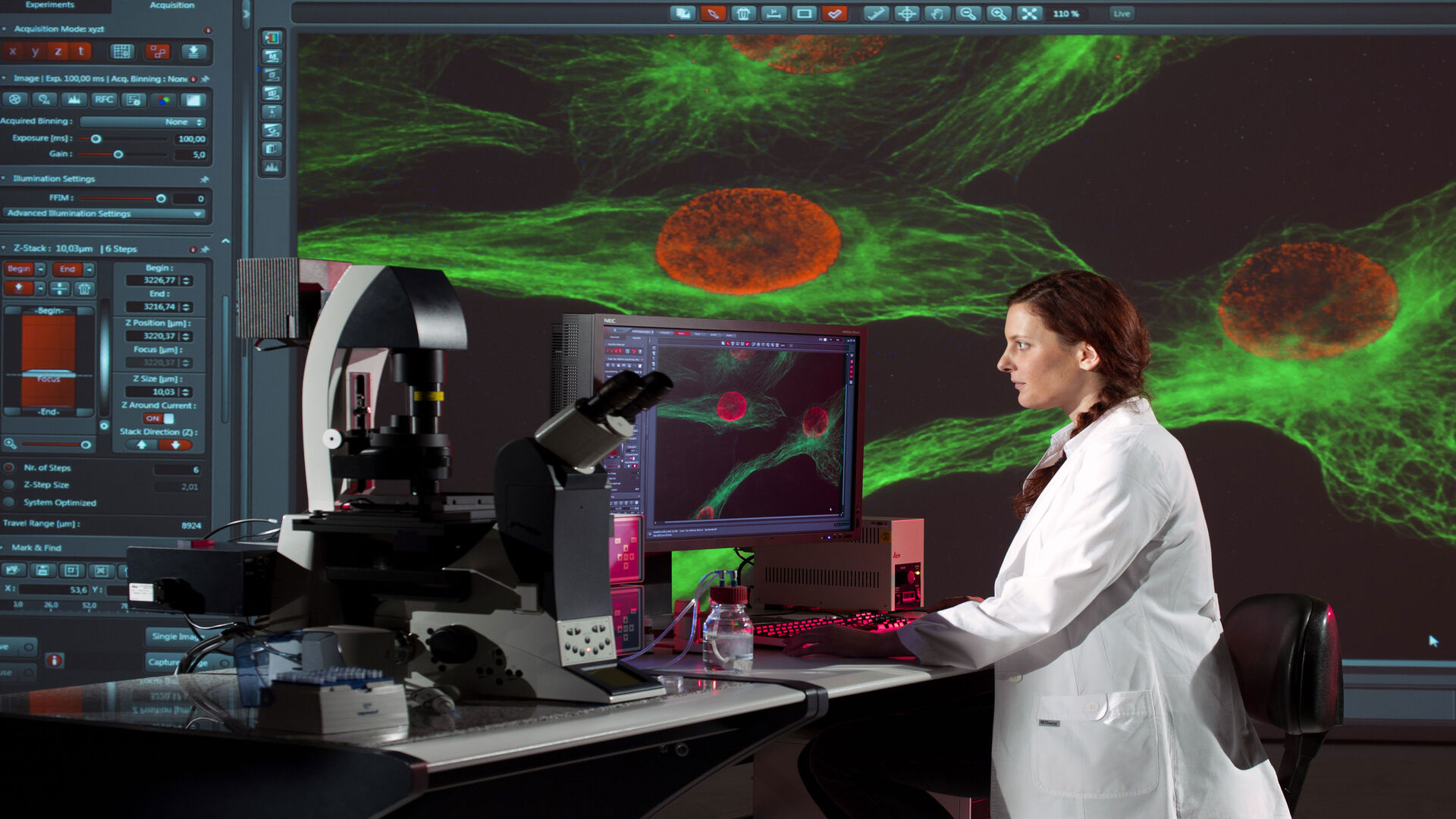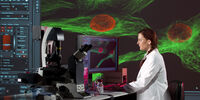Aufrechte Lichtmikroskope
Aufrechte Mikroskope für die Life Science-Forschung
Mit Leica Microsystems erhalten Sie die für Ihre Life Science-Forschung benötigte, hochqualitative Bildgebung und anpassbare aufrechte Mikroskoplösung. Diese leistungsstarken Bildverarbeitungssysteme zeichnen sich durch konstante Farbe, natürliche Lichtverhältnisse, überlegene Optik und konfigurierbare Optionen für kontrastreiche, brillante Bilder für Ihre hochmoderne biologische Forschung aus.
Aufrechte Mikroskope für Industrie und Materialanalyse
Gewinnen Sie entscheidende Erkenntnisse! Mit den aufrechten Mikroskopen von Leica Microsystems für Industrie und Materialanalyse können Sie auch kleinste Details effizient begutachten und prüfen. Damit wir Ihre Anforderungen bestmöglich erfüllen können, bieten wir hervorragende Optik, brillante, kühle LED-Beleuchtung, ergonomisches Zubehör, ausgefeilte Digitalkameras und intuitive Software.
Unsere Spezialisten beantworten gerne Ihre Fragen oder senden Ihnen Informationsmaterial.
